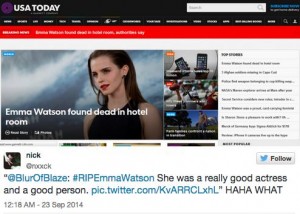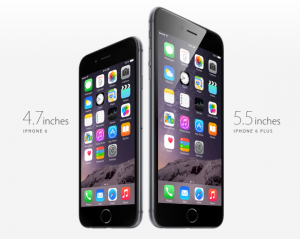By DOMENICA A. LEONE
Journalism is certainly an industry that is suffering. Not that it will disappear, but the print field is pretty much condemned with a possible execution date. It is interesting how the evolution of the field has paralleled the transformation of society and the modernization of the different technologies. Thus, with the passage of time, it hasn’t been surprising that the industry and its professionals have had to adapt in order to deliver and enhance the value of the product they have to offer.
The New York Times has been extremely successful in doing so. After transitioning to the digital platform as many other newspapers have done as its plan B, the NYT had yet another plan A under its sleeve. The company was clever enough to take advantage of not only the technologies available, but the tools and opportunities the platform had to offer like no one else before. It embarked on a project, which ended up being an overwhelming success, thus changing the way of telling stories and challenging other media enterprises by setting a high standard to look up to.
![image[2]](http://students.com.miami.edu/reporting/wp-content/uploads/2014/10/image2-300x187.jpg) “Snowfall” was released in December 2012 and it brought with it everlasting reviews hailing the piece as the future of journalism.
“Snowfall” was released in December 2012 and it brought with it everlasting reviews hailing the piece as the future of journalism.
Based on the story of group of skiers and snowboarders trapped beneath an avalanche in Washington state’s Cascade Mountains; the piece is formatted in the form of an eye-popping multimedia feature. At its peak, reportedly as many as 22,000 users visited “Snow Fall” at the same time. It also received around 2.9 million visits for more than 3.5 million page views.
Unlike a standard online article, which doesn’t diverge much from the original print layout, Snow Fall, a multi-chapter series by features reporter John Branch, it’s a visual feast, which integrates video, photos and graphics in a logical and almost effortless manner.
 As you scroll through the various sections of the content you don’t get the feeling that the mix of elements are just tacked on.
As you scroll through the various sections of the content you don’t get the feeling that the mix of elements are just tacked on.
The media elements are well planned and placed, embedded in a redundant fashion reinforcing the written statements and even developing further on the facts.
Future or not, it sure turned out to be successful. And people can’t get enough of it.
A few months later, The Washington Post, refusing to be outdone, made his own version of “Snow Fall” with “Cycling’s Road Forward” — a media report of similar characteristics, which featured a young rider named Joe Dombrowski. As with the NYT skiers, Dombrowski’s story surprised by the use of unconventional tools that worked for embellishment and support on the retelling of the events. For example, The Post detailed one of Dombrowski’s training rides near Nice, France, using satellite imagery and explored his ride out of Lance Armstrong’s shadow.




